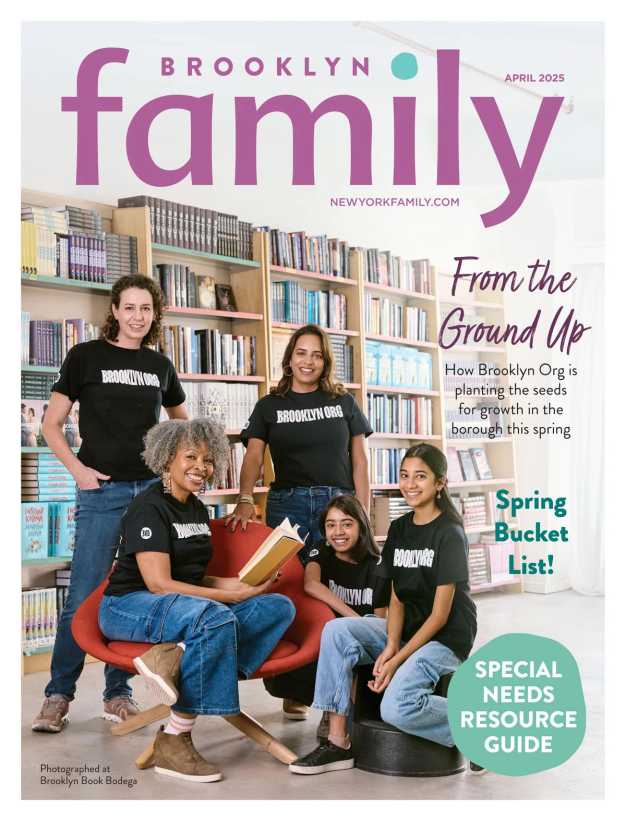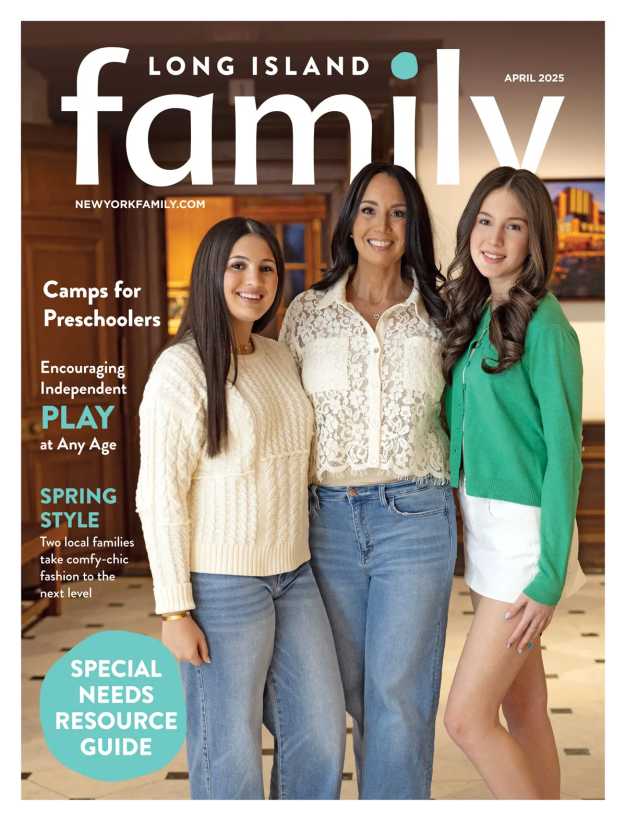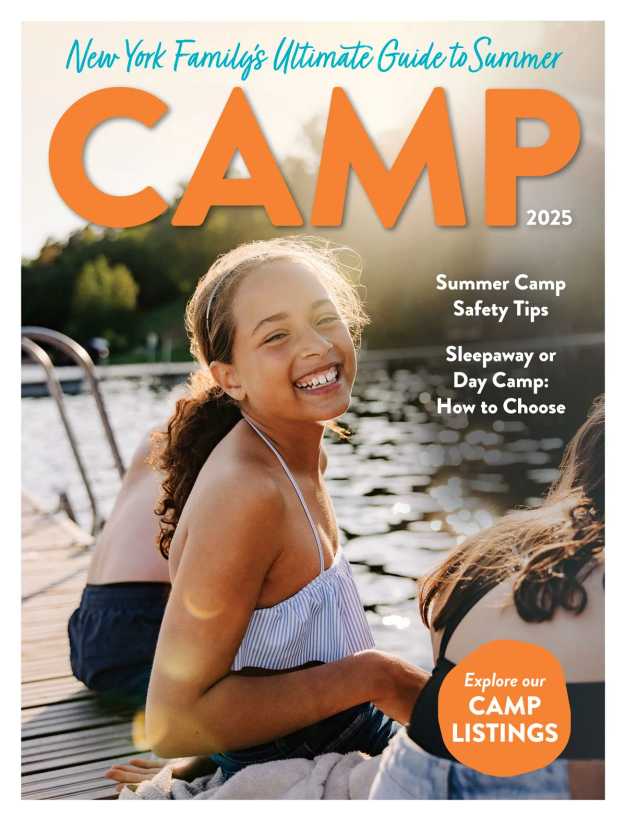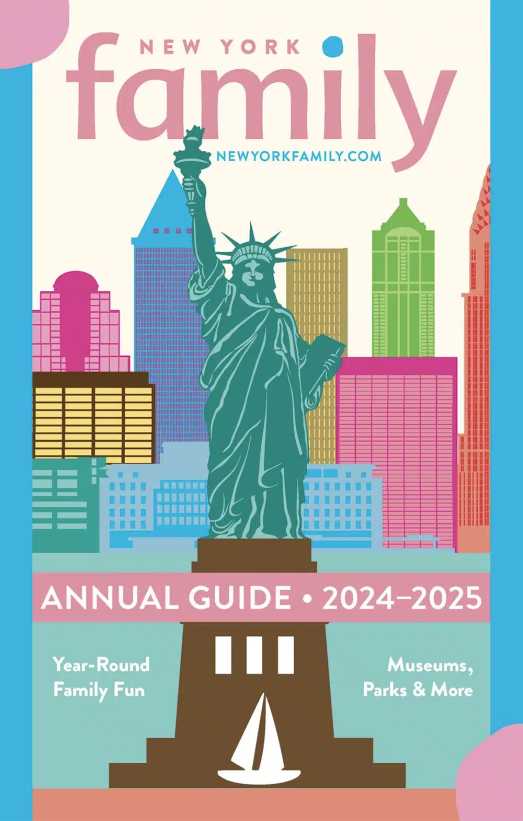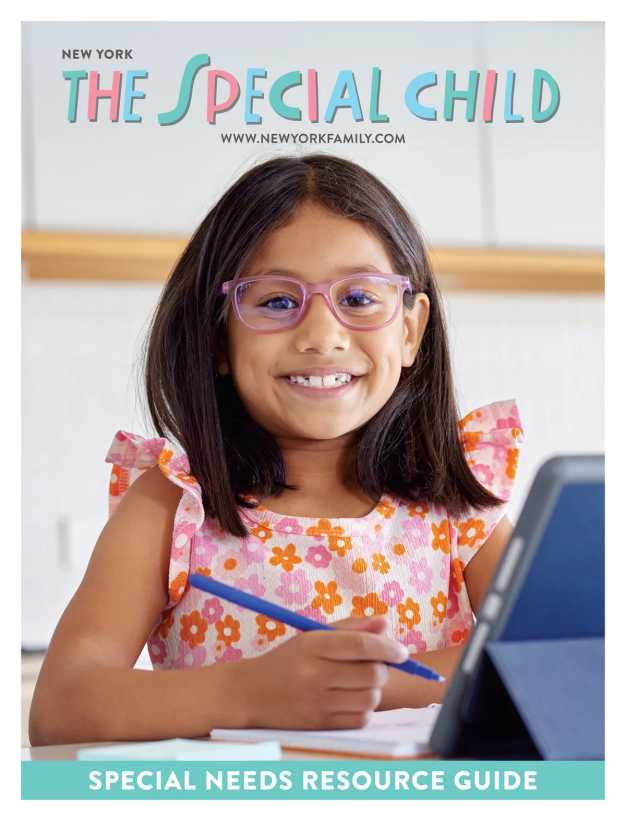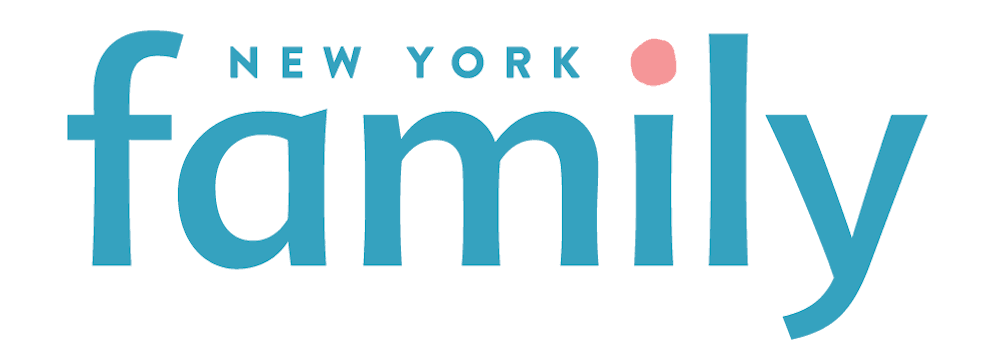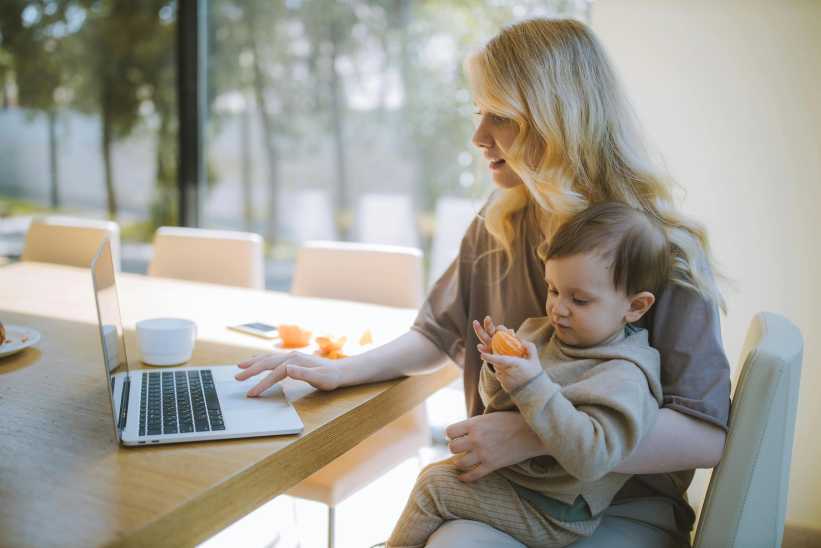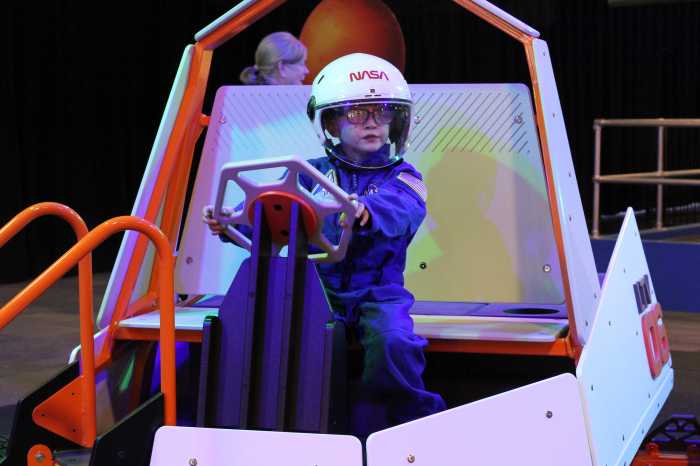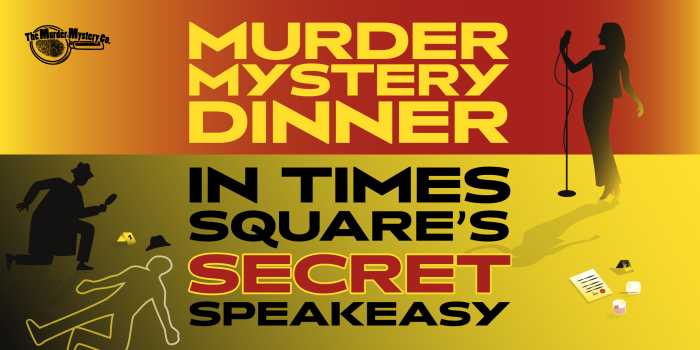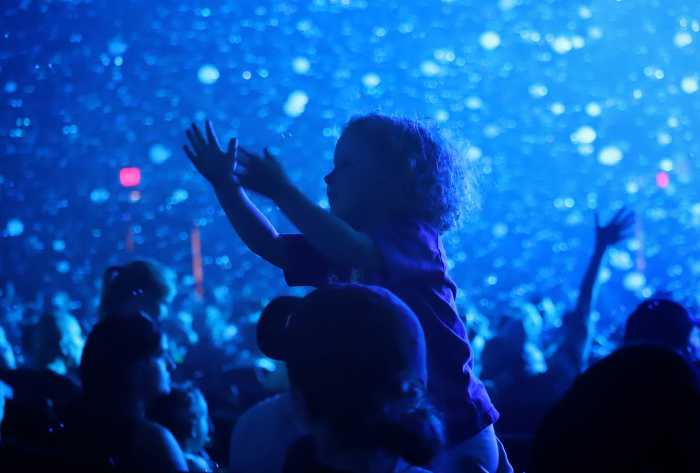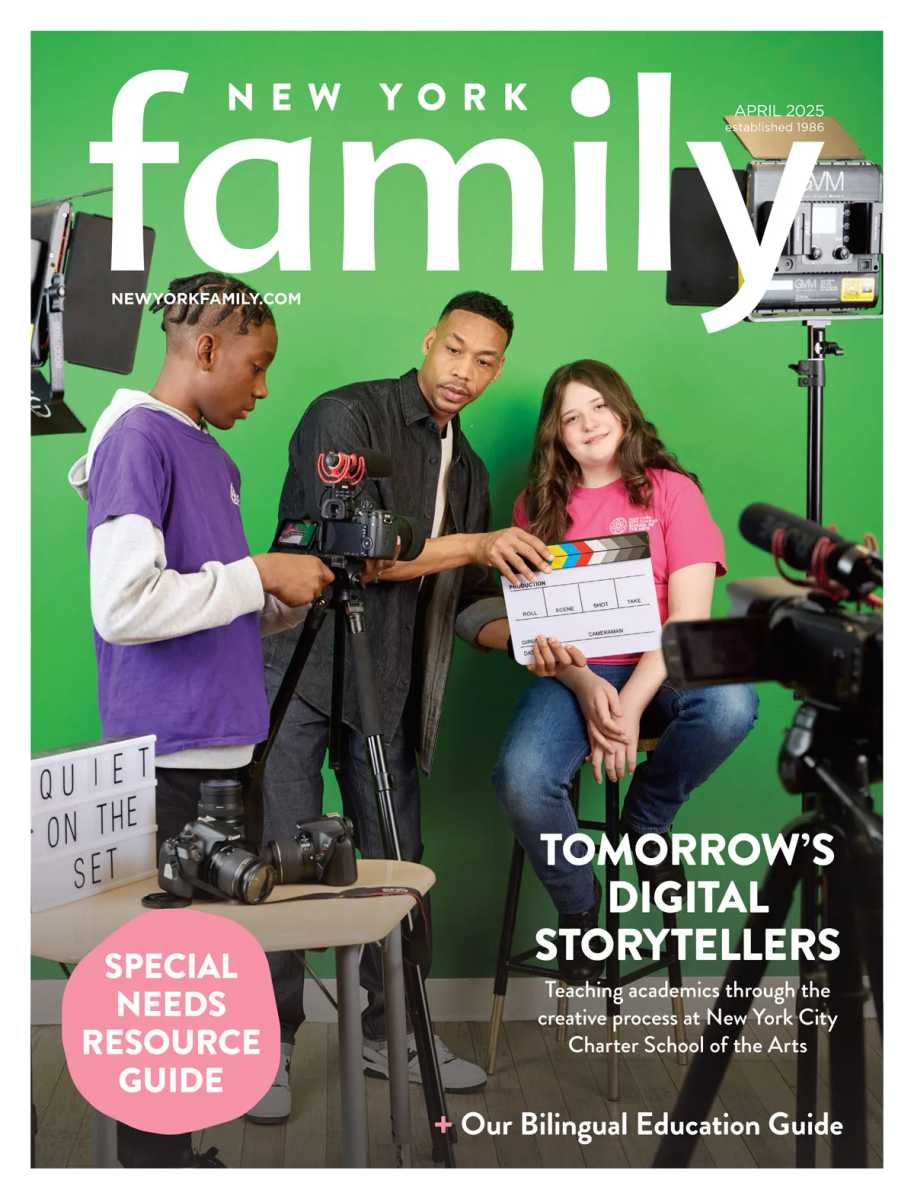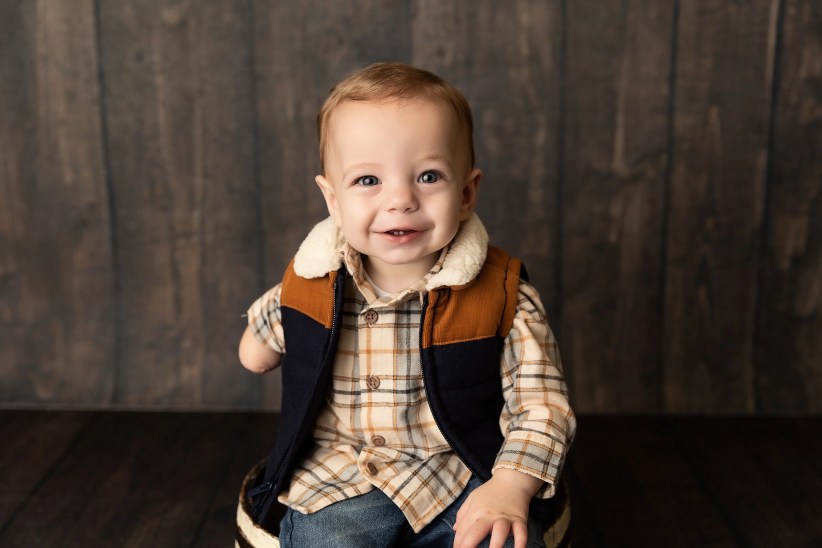
Understanding Limb Difference
Exploring ways to support children with this common disability
When my brother’s wife was around twelve weeks pregnant with their second child, they received the devastating news that their unborn child was missing half of his right arm. Their physician had not yet been able to determine the cause of the abnormality.
Although the baby seemed otherwise healthy, my brother and his wife were informed of the potential for a more severe issue. They were then advised to make the painstaking choice between terminating the pregnancy or running more tests – the results of which would not be revealed for some time.
Psst … Check Out Our Special Needs Resource Guide!
In the end, they chose to face whatever health obstacles came their way, and a few months later, my sister-in-law gave birth to a perfectly healthy and beautiful baby boy named Hudson. Although Hudson is likely to face challenges throughout his life, he has the support of a wonderful family and is growing up in an ever-evolving society where those who are different are not to be defined by a disability, but celebrated for their ability to thrive despite it.
My nephew, now a healthy and happy toddler, was born with limb difference. Limb difference is a broad term to describe congenital or acquired conditions resulting in the absence of any part of the arms, hands, legs, or feet. It is a physical condition and does not affect a person’s cognitive abilities.
My nephew’s case is congenital, which is when a baby is born with a missing or underdeveloped limb due to genetic conditions, amniotic band syndrome, or an unknown cause. Acquired limb difference is caused by accidents or medical conditions that require amputation.
Raising a child with a limb difference certainly comes with challenges, but it also offers extraordinary opportunities for growth, resilience, and love. By fostering a positive outlook, connecting with supportive communities, and encouraging your child to embrace their individuality, you equip them with the tools they need to live a wonderful life.
Treatment
With the right combination of medical care, therapy, and adaptive devices, children with limb difference will live very active and fulfilling lives. Many benefit from prosthetic limbs, which can be simple models for balance or high-tech ones controlled by muscle signals. Orthotic devices like braces and adaptive tools also help improve function. As children grow, prosthetics may need regular adjustments or replacements. In some cases, surgery can improve mobility or comfort.
Physical and occupational therapy play key roles in helping children with limb difference adapt, teaching them to use prosthetics, build strength, and develop fine motor skills. Assistive technology, like modified sports equipment and voice-activated tools, can also be very helpful.
Advocacy and Support
Beyond physical treatment, emotional and social support are crucial for children with a limb difference. Encouraging children to engage in hobbies, sports, and social activities helps build confidence while educating teachers and peers fosters a more inclusive environment.
Many organizations support individuals with limb differences, including:
- The Lucky Fin Project – A nonprofit dedicated to raising awareness and providing resources for children with limb differences
- The Amputee Coalition – Offers peer support, education, and advocacy for those living with limb loss.
- Born Just Right – Started by the mom of a child born with limb difference, this nonprofit online support forum offers news, advice, and resources.
Families in New York City and surrounding areas might consider connecting with:
- NYU Langone’s Hassenfeld Children’s Hospital for specialized care and support services.
- Adaptive Climbing Group in Brooklyn for inclusive sports opportunities. adaptiveclimbinggroup.org/new-york-city
- The Challenged Athletes Foundation for grants supporting sports participation and adaptive equipment.
Representation
For a long time, people with limb differences were underrepresented in media, toys, and pop culture as a whole. However, as we move toward a more inclusive society, we are starting to see more actors, athletes, and influencers with limb differences in the spotlight, proudly debunking outdated stereotypes about disability while normalizing diverse body types of all kinds. Social media has also provided a platform for advocacy, with creators sharing their personal stories and inspiring others.
Toy Companies
Toy companies now represent limb difference in their product lines, featuring dolls with and without prosthetics. Some examples are Mattel (Barbie), LEGO, American Girl and Vermont Teddy Bear.
TV and Movies
For a child with a disability, representation in the movies and on TV is highly encouraging. Families of a child with a limb difference should add these to their watchlist:
How to Train Your Dragon – Hiccup loses a leg and uses a prosthetic, mirroring his dragon, Toothless, who also has a prosthetic tail.
Soul Surfer – Based on the true story of Bethany Hamilton, a surfer who lost her arm in a shark attack and returned to professional surfing.
The Mandalorian – Migs Mayfeld (played by Bill Burr) has a mechanical arm in later appearances.
Finding Nemo – Nemo has a “lucky fin,” a smaller, underdeveloped fin that makes swimming harder but doesn’t hold him back.
Doc McStuffins (episode: “Emma’s Amazing Wheelchair”) – Features a doll with a prosthetic leg to teach kids about limb difference.
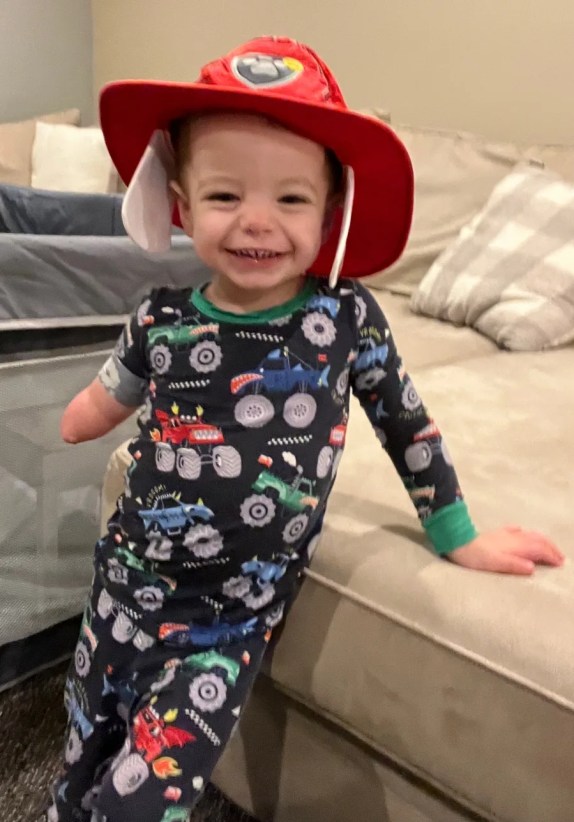
Public Figures
There are many highly accomplished and inspiring people with limb differences to celebrate. Some of the most noteworthy individuals include:
Jessica Long – A Paralympic swimmer born with fibular hemimelia, resulting in the amputation of both legs below the knee. She has won multiple gold medals and is one of the most decorated Paralympians in history.
Nick Newell – A mixed martial artist with a congenital limb difference in his left arm. Despite this, he has built a successful career in professional MMA.
Amy Purdy – A Paralympic snowboarder who lost both legs below the knee due to bacterial meningitis. She later competed on Dancing with the Stars and is a motivational speaker.
Jim Abbott – A former MLB pitcher born without a right hand. He played in the major leagues for 10 seasons and even threw a no-hitter in 1993.
Zion Clark – A wrestler and motivational speaker born without legs due to caudal regression syndrome. He’s also known for his documentary Zion on Netflix.
Hugh Herr – A double amputee and renowned scientist specializing in bionic prosthetics at MIT. His work in biomechanics has revolutionized prosthetic limb technology.
Viktoria Modesta – A singer, model, and performer with a below-the-knee amputation who embraces her prosthetic as part of her artistic identity.
Josh Sundquist – A Paralympic skier, motivational speaker, and comedian who lost his leg to cancer at age nine. He’s also known for his creative Halloween costumes incorporating his prosthetic leg.
Books
Reading is essential for all children, regardless of their abilities. Below are some must-reads for kids with limb differences.
Picture Books (Ages 3-7)
Different is Awesome by Ryan Haack – A boy with one hand teaches his classmates that being different is something to celebrate.
Lucy’s Fancy Leg by Lisa DeJong –Lucy is a below-the-knee child amputee with a very special talent: she builds her own prosthetic legs in her secret laboratory!
What Happened to You? by James Catchpole – Written by an author with a limb difference, this story follows Joe, a boy with one leg, as he navigates curious (and sometimes exhausting) questions from other kids.
Early Readers & Chapter Books (Ages 7-12)
Insignificant Events in the Life of a Cactus by Dusti Bowling – Follows Aven Green, a girl born without arms, as she moves to a new town and solves a mystery.
Aven Green, Sleuthing Machine by Dusti Bowling – A younger chapter book series featuring Aven as a spunky young detective.
Emmanuel’s Dream: The True Story of Emmanuel Ofosu Yeboah by Laurie Ann Thompson – A beautifully illustrated nonfiction book about a Ghanaian athlete and activist with one leg.
Teen & YA Books (Ages 12+)
A Time to Dance by Padma Venkatraman – A novel-in-verse about an Indian dancer who loses a leg and rediscovers her passion for dance.
One-Handed Catch by MJ Auch – Based on a true story, this novel follows an aspiring baseball player who loses his hand in an accident and learns to adapt.
The Running Dream by Wendelin Van Draanen – A powerful novel about a teenage runner who loses her leg in an accident and learns to run again with a prosthetic.
Psst.. Big Umbrella Festival Returns to Lincoln Center: Celebrating Neurodiverse Audiences and Artists

